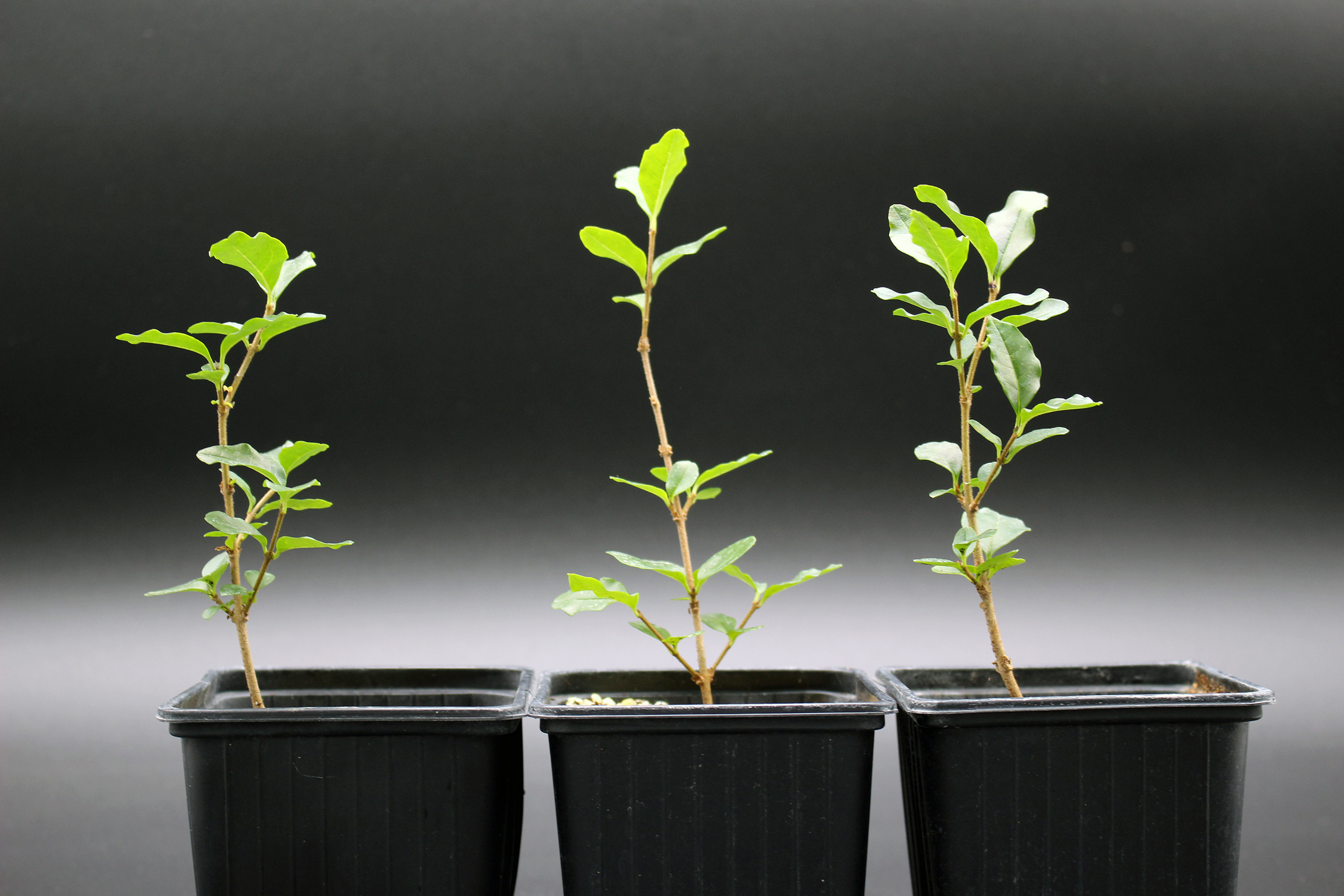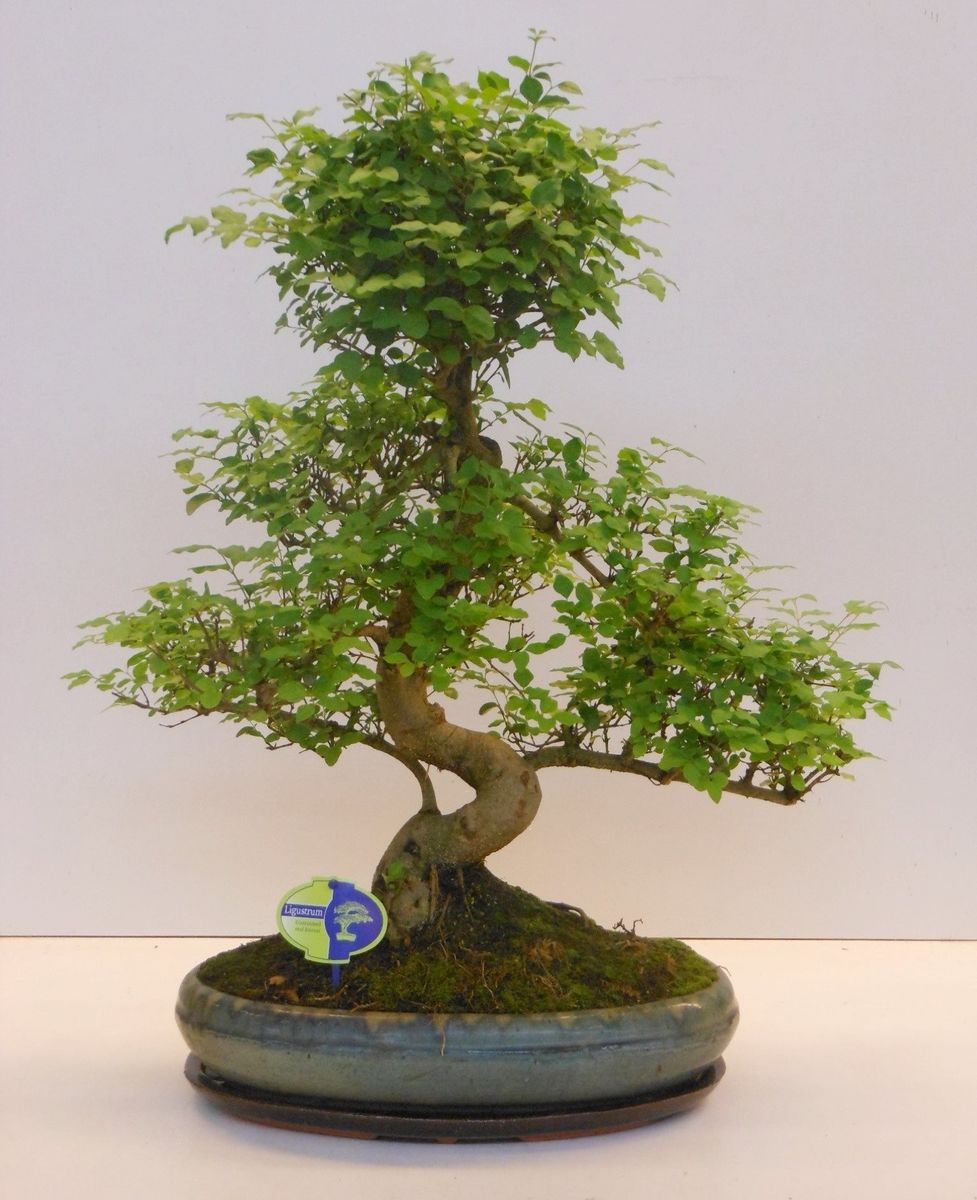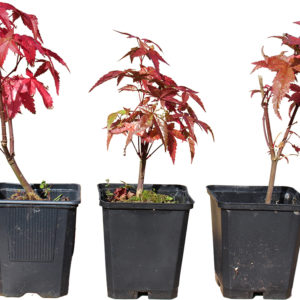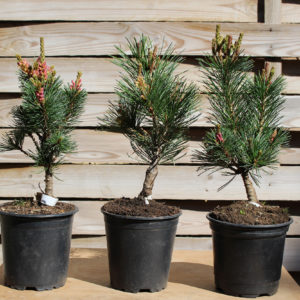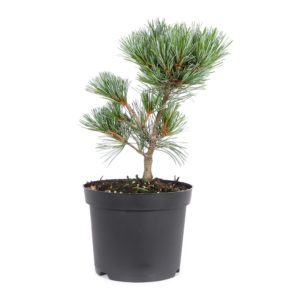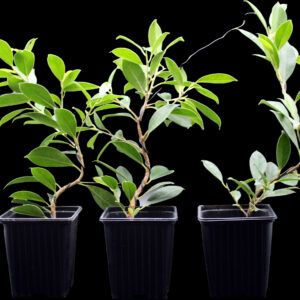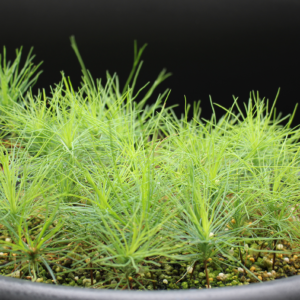Description
Ligustrum sinense , commonly known as Chinese privet or Chinese ligustrum , is a species of evergreen shrub native to eastern Asia. It belongs to the Oleaceae family. This plant is often used in bonsai cultivation due to its adaptability, small leaves, and ability to develop a rough appearance over time.
Ligustrum sinense as bonsai:
Small Leaves: One of the desirable characteristics of growing bonsai is having small leaves, which help maintain the illusion of a miniature mature tree. Ligustrum sinense naturally has small leaves, making it suitable for bonsai.
Branch Structure: Chinese privets tends to develop a gnarled, twisted trunk and branches, which can add character to a bonsai specimen. With careful pruning and wiring, bonsai enthusiasts can shape branches to create the desired aesthetic.
Endurance: Ligustrum sinense is a hardy plant that can tolerate a variety of growing conditions, including different soil types and light levels. This adaptability makes it suitable for bonsai cultivation as it can thrive in the confined environment of a bonsai pot.
Pruning and training: Regular pruning is essential to shape the Ligustrum sinensis bonsai and maintain the desired size and shape. Wiring can also be used to guide branch growth and create the desired bonsai silhouette. However, care should be taken to avoid cutting branches with wire, as Ligustrum sinense has a relatively soft wood.
Pests and diseases: Like any plant, Ligustrum sinense is susceptible to pests and diseases, such as aphids, mealybugs, and fungal infections. Regular inspection and proper pest control measures are important to keep bonsai specimens healthy.
Transplant: Chinese privet should be transplanted periodically to refresh the soil, prevent root binding, and promote healthy growth. The transplant is usually carried out every two or three years, depending on the age and development of the bonsai.
Style: Ligustrum sinense can be styled into various bonsai styles including formal upright, informal upright, leaning, cascading and others. The plant’s natural growth habit lends itself well to creating dynamic and visually interesting bonsai specimens.
In general, Chinese privet is a popular choice for bonsai enthusiasts due to its small leaves, adaptability, and potential for creating beautiful miniature trees. With proper care and attention to styling techniques, it can be an attractive addition to any bonsai collection.
Ligustrum sinense as hedge plant:
It is often also used as a hedge plant due to its dense foliage, fast growth rate, and adaptability to different soil and light conditions.
Appearance: Ligustrum sinense is an evergreen shrub that typically grows to a height of 6 to 12 feet (1.8 to 3.7 meters) and a width of 6 to 10 feet (1.8 to 3 meters). It has glossy, oval-shaped leaves that are dark green in color. In late spring to early summer, it produces clusters of small, white flowers that are mildly fragrant. These flowers are followed by small black berries in the fall.
Growth Rate: Chinese privet is known for its rapid growth, making it an excellent choice for creating hedges relatively quickly. With proper care and favorable growing conditions, it can grow several feet in a single growing season.
Density: One of the main reasons Chinese privet is favored as a hedge plant is its dense foliage, which provides excellent screening and privacy when planted closely together. It can be trimmed and shaped to create formal, manicured hedges or left to grow more informally for a natural look.
Adaptability: Ligustrum sinense is adaptable to a wide range of soil types, including clay, loam, and sandy soils, as long as they are well-drained. It can also tolerate a variety of light conditions, from full sun to partial shade, although it tends to perform best in full sun.
Maintenance: While Chinese privet is relatively low-maintenance, regular pruning is necessary to keep it in shape and encourage dense growth. Pruning is typically done in late winter or early spring before the onset of new growth. This helps maintain the desired size and shape of the hedge.
Invasiveness: In some regions, Ligustrum sinense can be invasive, particularly in areas with mild climates. Invasive privet species can outcompete native vegetation and disrupt natural ecosystems. Before planting Chinese privet as a hedge, it’s important to check with local authorities or extension offices to ensure it is not considered invasive in your area.
Pest and Disease Resistance: Chinese privet is relatively resistant to pests and diseases, although it can sometimes be affected by aphids, scale insects, and fungal diseases such as powdery mildew. Regular monitoring and proper cultural practices can help prevent and manage these issues.
Overall, Ligustrum sinense is a popular choice for hedges due to its dense foliage, fast growth rate, and adaptability to various growing conditions. However, its potential invasiveness should be carefully considered before planting, especially in regions where it may pose a threat to native ecosystems.
Scientific name: Ligustrum Sinense
Common name: Chinese Privet
Origin: China
Growth height: Up to 3 meters
Sensitive to cold: No
Sensitive to heat: No
Sensitive to wind: No
Suitable as bonsai: Yes
Height of plants: approx. 10-50 cm
Delivery form: balled plants
Additional information
| Weight | 0,33 kg |
|---|---|
| Size | 10-20cm, 20-30cm, 30-40cm, 40-50cm |

